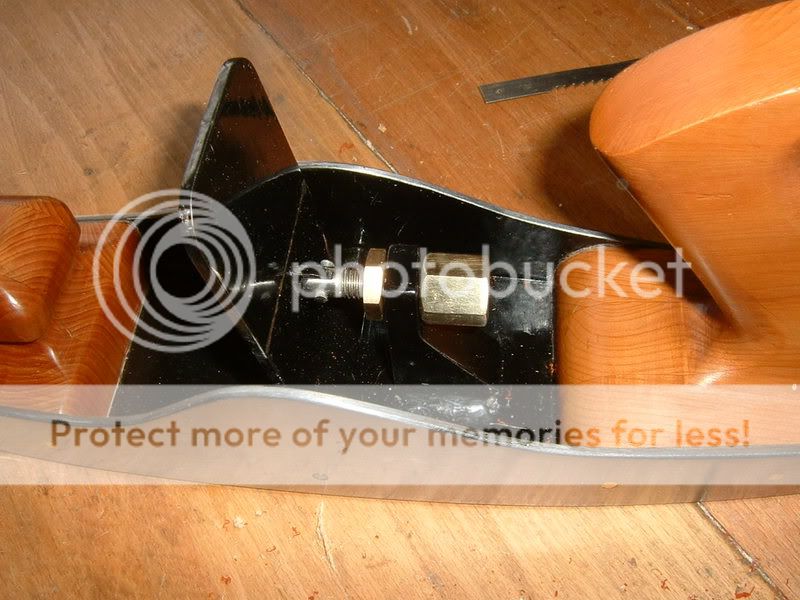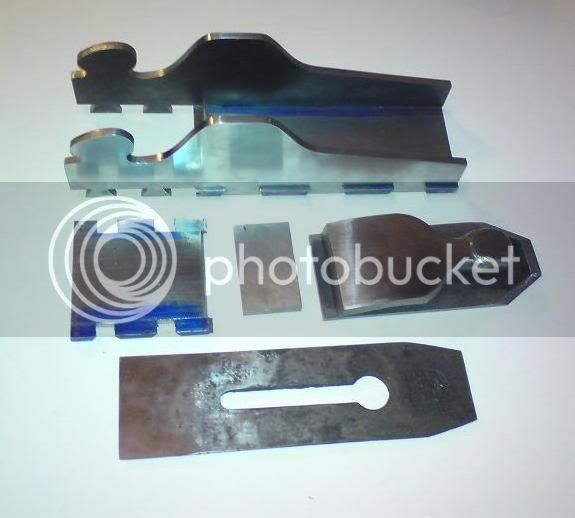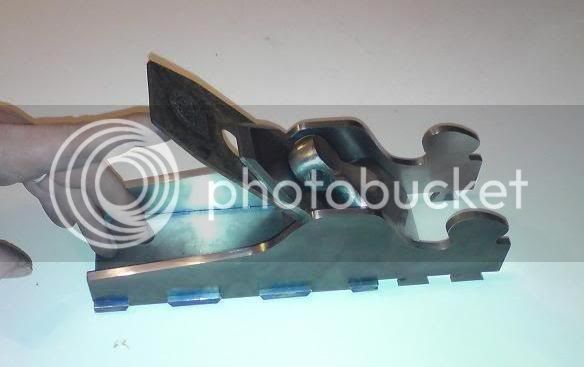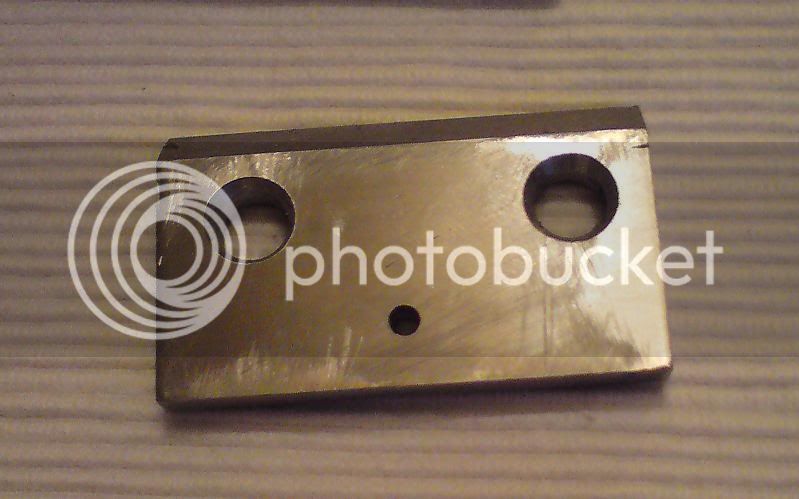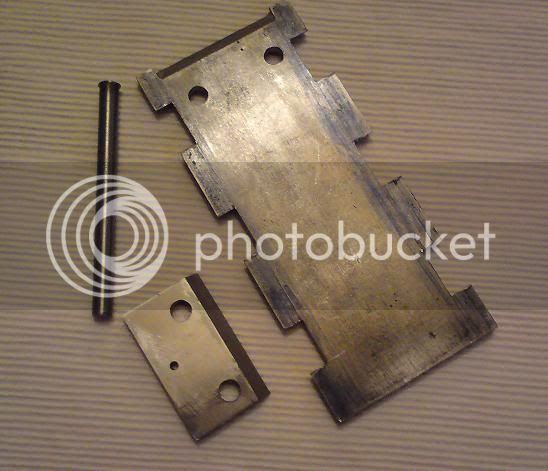CroppyBoy1798
Established Member
Although I'm finding the work amazing I am though finding it incredibly hard not to visualise Fr Dougal Maguire making a dovetailed infill! It just doesnt sit right! That profile pic is incredibly disconcerting!! :lol:
The thread is very inspiring though, would love to tackle one of these planes someday (guess I have a reason too seen as I now have a spare 2 1/4 inch old tapered iron and cap iron laying about......damn!) :roll:
The thread is very inspiring though, would love to tackle one of these planes someday (guess I have a reason too seen as I now have a spare 2 1/4 inch old tapered iron and cap iron laying about......damn!) :roll:






